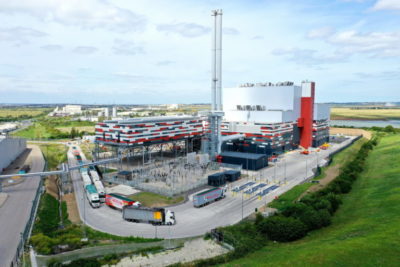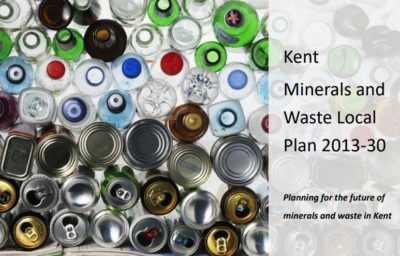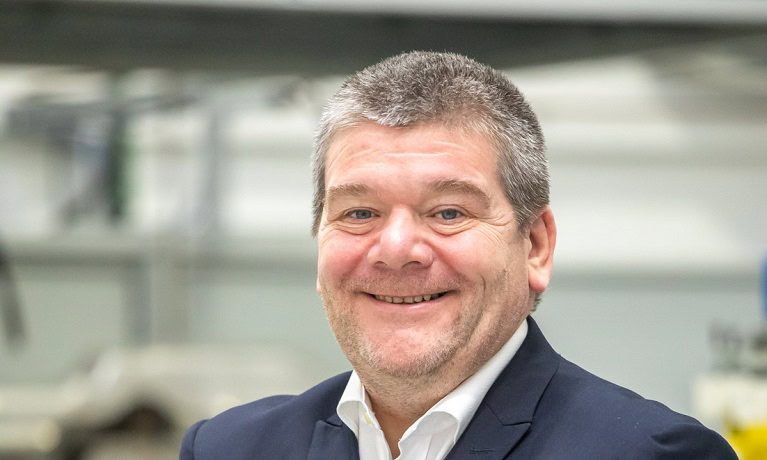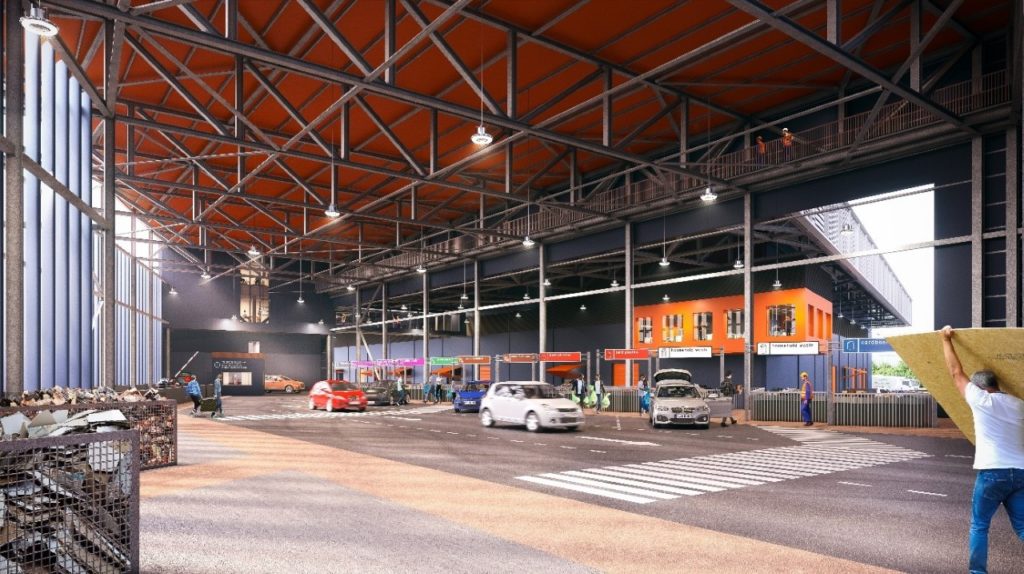
However, the energy from waste company — recently acquired by First Sentier Investors — was granted planning permission to increase the capacity of its Wheelabrator Kemsley plant (K3) by a further 107,000 tonnes per year to a maximum of 657,000 tonnes.
The decision could have implication for future applications as the secretary of state, Kwasi Kwarteng, agreed that the new plant could impact recycling rates and he also criticised it for “not being energy efficient”.
For the approved capacity increase, Mr Kwarteng, added that the K3 project provides the “greater benefit as a result of its better Combined Heat and Power performance”, further emphasising the importance of heat usage for new EfW plants.
The joint application for both the plant extension — approved by the Environment Agency in August 2020 (see letsrecycle.com story) — and the new facility was accepted for examination in October 2019. The examination begun in February 2020 and concluded in August.
Wheelabrator says its team is reviewing the decision to “determine its next steps”. It’s full statement can be seen below.
Waste plan

The dispute centres on a review of Kent’s Minerals and Waste Local Plan 2013-30.
Kent officially updated its plan in 2020, after announcing plans to do so in 2019. This meant revising upwards its recycling rate and concluding that no additional EfW capacity is now needed.
In response Wheelabrator said its studies show that there would be capacity for:
- Between 88,000 to 193,000 additional tonnes of local authority waste arising and up to an additional 130,000 tonnes of residual waste that should be diverted from landfill,
- Up to 270,000 additional tonnes of C&I wastes that are ‘Not Codable’ but expected to be generated in Kent
- Between 8,000 to 141,000 additional tonnes of residual C&I wastes that are likely to be require diversion from landfill
- 198,532 tonnes of RDF manufactured in Kent, of which 100,000 to 188,000 tonnes was from waste generated in Kent or the South East, and exported outside the UK
It added: “Simply forecasting less waste doesn’t make this outcome occur. Relying on those calculations to conclude that no new capacity is required simply means that the resultant strategy is not able to drive where that required infrastructure should be provided; a core objective of any local plan”.
However, the Inspector found the plan and supporting data reports produced for Kent County Council by BPP Consulting, sound. This decision was supported by the Examining Authority in its determination of the DCO, and endorsed by the Secretary of State.
Significance
The decision could be significant for future EfW developments as the secretary of state agreed that the facility could impact recycling locally due to sufficient capacity already being in place. It also said the facility wasn’t “particularly energy efficient”.
This could mean plant operators having to demonstrate how facilities do not compete with recycling locally, and how they intend to use heat networks plants are enabled for.
Also, the document said that while there are benefits for the new plant, such as providing heat to the nearby DS Smith paper mill, “the Secretary of State nevertheless agrees….that even though there are benefits, these do not outweigh the adverse impacts. The Secretary of State does not, therefore, consider that development consent should be granted for WKN”.
Reasons
For the K3 capacity increase, the decision document said the small increase in the proposed generating capacity with related increase in waste throughput would not prejudice the principles of sourcing waste locally and aiming for self-sufficiency.
However, for the new plant, it said would be in conflict with the National Planning Policy for Waste because it would put at risk the achievement of revised recycling and composting targets in the Kent Minerals and Waste Local Plan.
‘Disappointed’
A spokesperson for Wheelabrator Technologies UK said: “Wheelabrator Technologies U.K. fully supports the Examining Authority and Secretary of State’s consent for the Wheelabrator Kemsley (K3) Generating Station, given the facility is nationally critical infrastructure, which provides sustainable waste treatment for materials that cannot be reduced, reused or recycled and generates partially renewable energy from residual waste that would otherwise have been landfilled or exported to continental Europe.
“Our team are in the process of reviewing the decision in order to determine next steps”
“We are disappointed by the Secretary of State’s decision today to not proceed with the development of Wheelabrator Kemsley North (WKN). WKN is a proposed new single line waste-to-energy facility capable of generating up to 43MW (gross) / 38MW (net) of renewable baseload energy by processing up to 390,000 tonnes of non-recyclable waste each year. 200,000 tonnes of the waste supply had been committed under a long-term waste supply contract with SUEZ, highlighting the current and sustained residual waste treatment capacity gap in the South East of the U.K. Together, WKN and K3 would have generated enough energy to power more than 243,000 U.K. homes. Our team are in the process of reviewing the decision in order to determine next steps.”
Useful links
The decision document can be seen here.








Subscribe for free